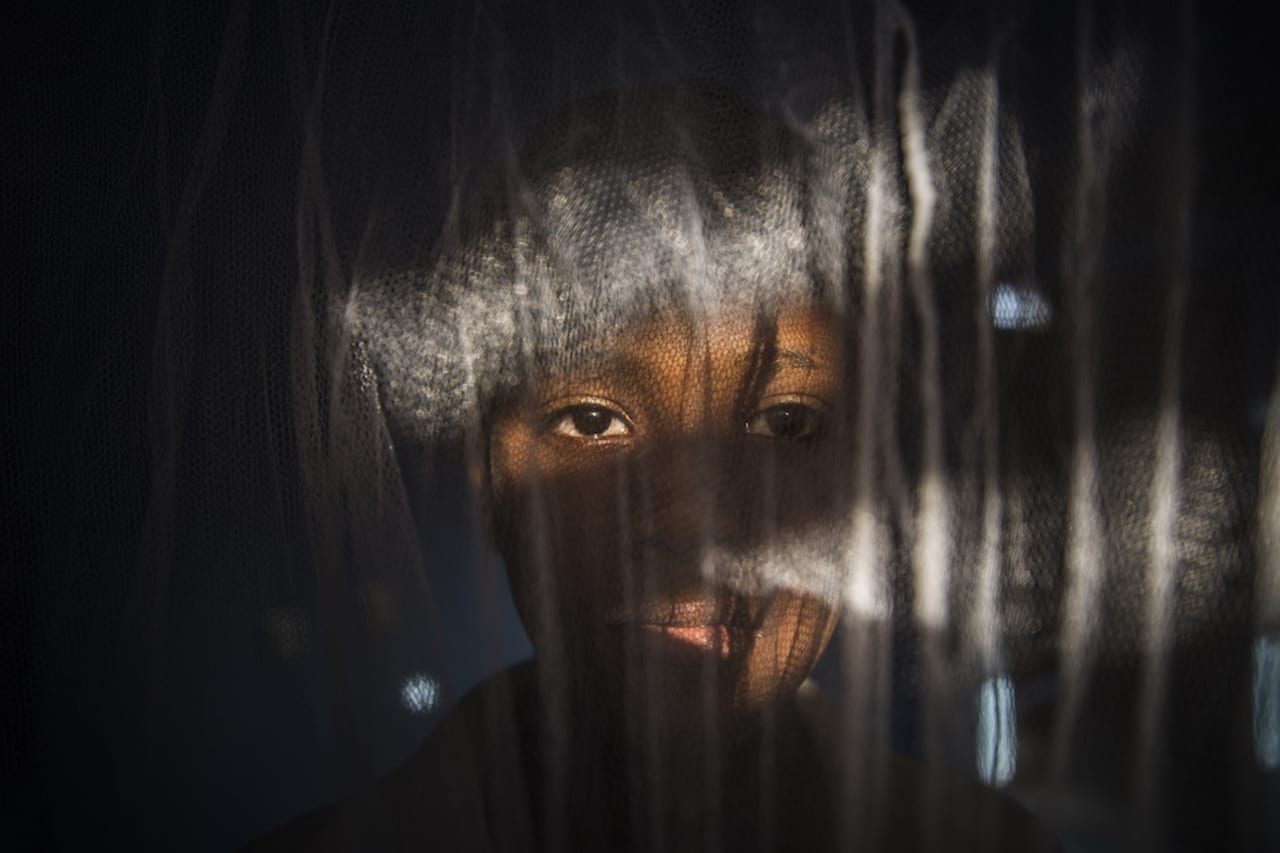
Tag: feminism


The Franco-English publication focuses on both intimate and political experiences of womanhood, featuring photography by Carrie Mae Weems, Elena Helfrecht, Lucile Boiron, and more

Following on from her lauded series on the female body and community, Togethering continues the dialogue.

Reductively labelled a “girl photographer” in the 90s, Nagashima is now a leading voice in feminist photographic discourse. Here, the Japanese photographer discusses her new book of self-portraits, and why she took it upon herself to rewrite history


Discovered objects and images play a vital role in the work of Vancouver-born, Brooklyn-based artist Sara Cwynar. Her practice blends collage, still life and portraits in photographic and filmic forms, incorporating material sourced on eBay, or at flea markets and the like. So when the opportunity arose to hold an exhibition at the Minneapolis Institute of Art last autumn, followed by a show at Milwaukee Art Museum this spring, it seemed a serendipitous moment to unearth works incorporating items from an archive close by.
“Some of the pictures that I’ve used as source material over the years came from an eBay seller who bought the archive of an old photo studio in Milwaukee,” she explains. “I think it was operational from the 1950s to the 1970s or so, and it closed down a long time ago. I like that they tie in to the location; I have repurposed some of the negatives from that for this show.”

The World Press Photo Foundation has announced the six talents from North and Central America in its ongoing 6×6 Global Talent Program. Aimed at picking out under-recognised visual story-tellers from around the world, the 6×6 programme is now on its fifth region, out of the six identified around the world. This time, the talents picked out were: Dylan Hausthor, USA; Ian Willms, Canada; Mariceu Erthal García, Mexico; Nydia Blas, USA; Tomas Ayuso, Honduras; and Yael Esteban Martínez Velázquez, Mexico.
Each talent has been picked out for two stories: Hausthor, for example, submitting a project called Past The Pond, Setting Fires, about arson in small-town America; and Wood Grain Lick, a documentary and fictional look at life on the edges. Willms’ projects are As long as the sun shines, a story about oil sands extraction in northern Alberta, Canada, and its effect on the local community; and We shall see, about the death of his biker father. Mariceu Erthal García’s projects are Iriana, shot on a holiday in Cuba; and Letters to Gemma, about a young Mexican woman who disappeared seven years ago.

The director and co-curator of the award-winning Organ Vida festival in Croatia – which this year devoted its programme to work by women – picks out the projects that interested her in 2018

Originally trained as a journalist, Barcelona-born Laia Abril expanded her storytelling methods after studying at New York’s ICP. She is best-known for the first chapter of her long-term project A History of Misogyny, On Abortion, which recently won the Paris Photo-Aperture Foundation PhotoBook of the Year Award and has been shortlisted for the 2019 Deutsche Börse Photography Foundation Prize

